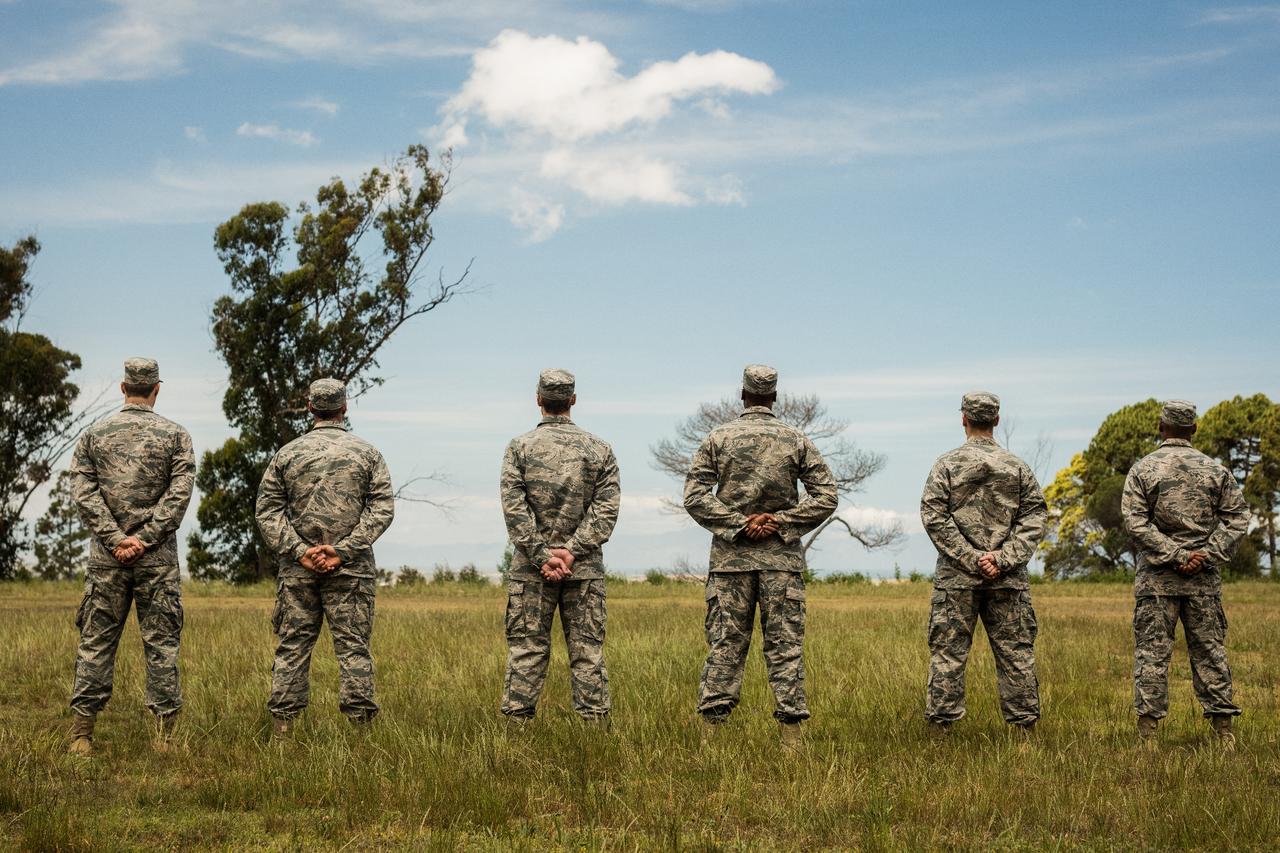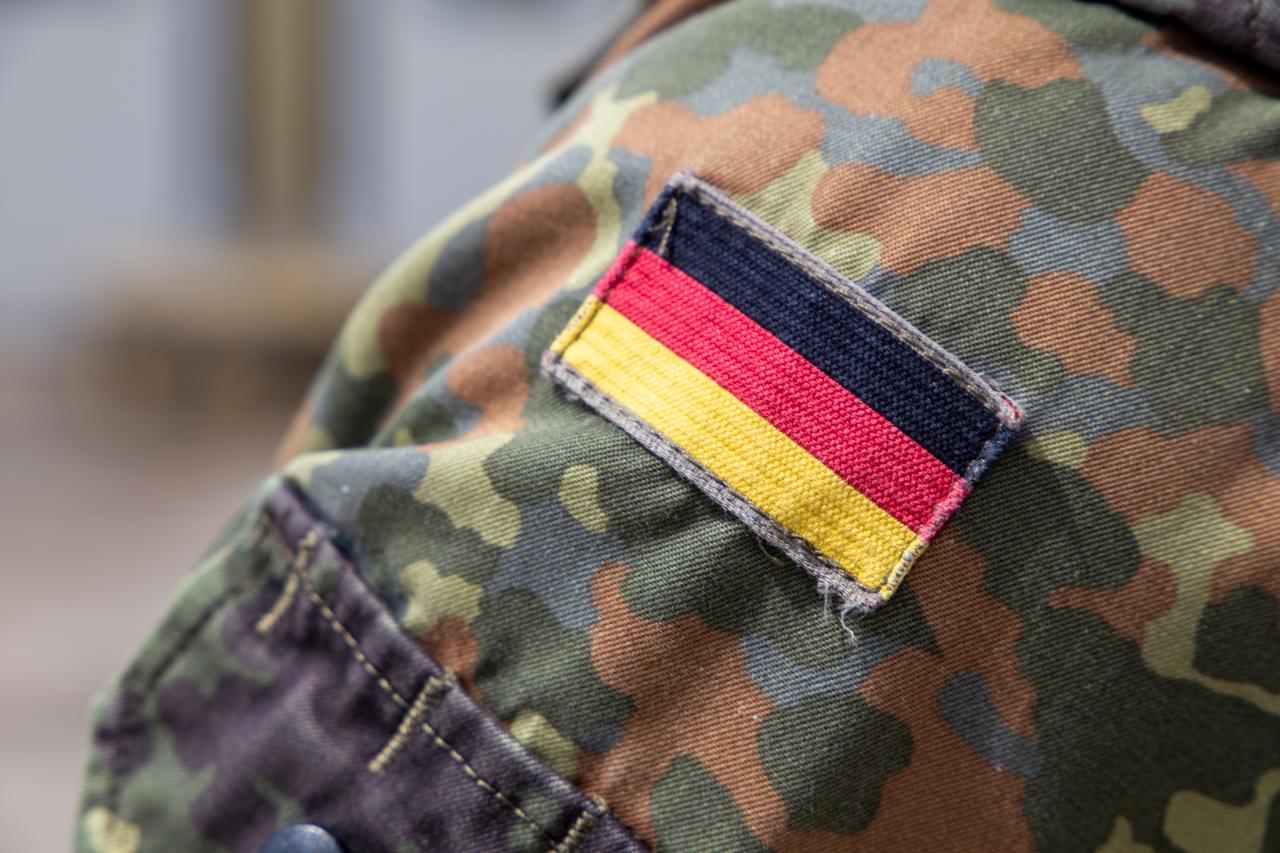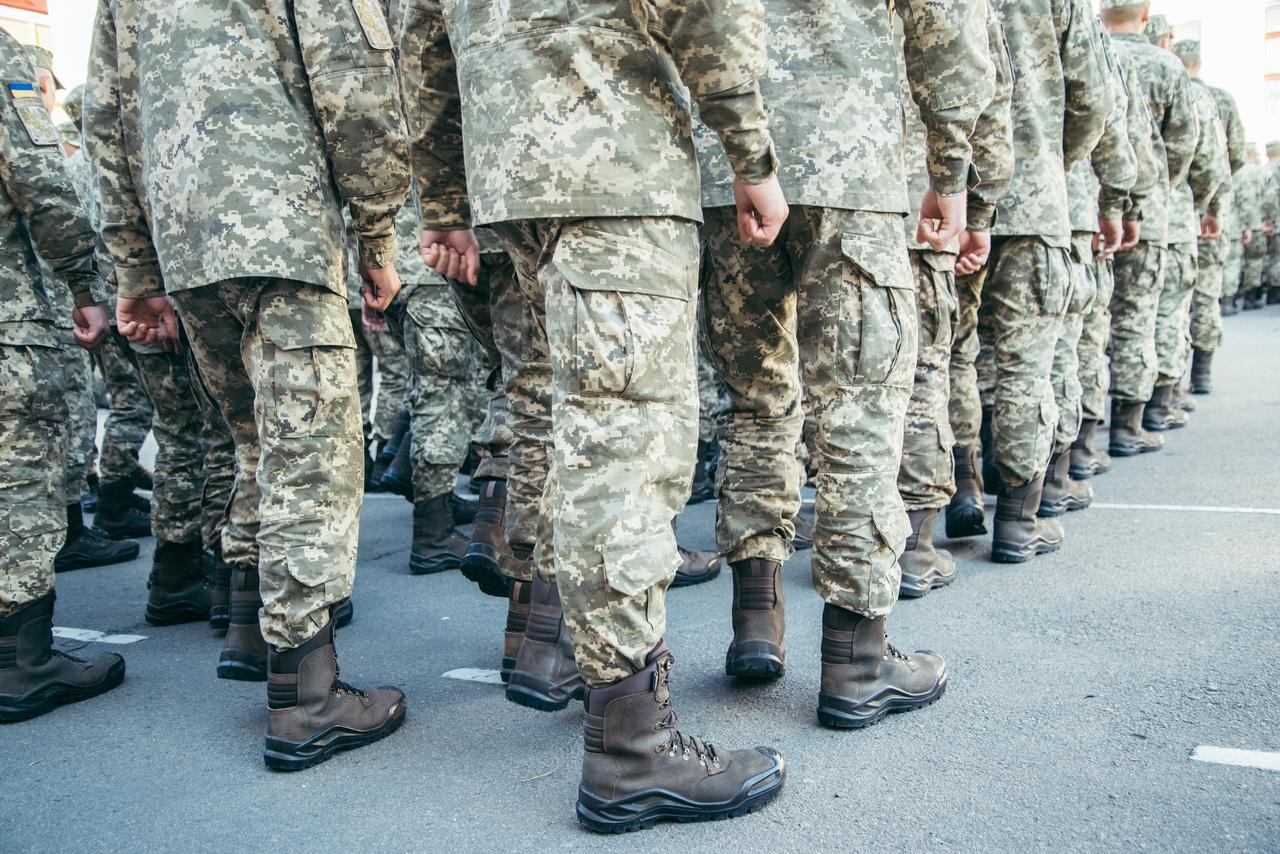
Europe finds itself at a pivotal moment in defense policy. Russia’s full-scale invasion of Ukraine, escalating instability in the Middle East and shifting geopolitical dynamics in the United States, marked by Donald Trump’s return to the White House, have forced European governments to confront longstanding questions about their military readiness.
NATO members recently committed to raising defense and security spending to 5% of gross domestic product (GDP). Yet rising defense budgets alone cannot secure Europe’s safety: without sufficient trained personnel, even the best-equipped forces could struggle to respond effectively.
Against this backdrop, the debate over military conscription has resurfaced across the continent. Once a standard fixture of European life during the 20th century, mandatory military service was largely suspended after the Cold War, replaced by professional volunteer armies.
Today, the geopolitical climate is compelling many countries to reconsider that decision. A recent European Council on Foreign Relations poll of nine European countries found that majorities in France, Germany, and Poland support reintroducing compulsory military service, though support drops sharply among 18–29-year-olds in Germany and Poland.

Europe’s defense challenge is not purely a matter of equipment or budgets. Nations are also wrestling with manpower shortages and an aging population. In Germany, the Bundeswehr is actively seeking to recruit at least 60,000 more soldiers. Chancellor Friedrich Merz has argued that the suspension of conscription in 2011 was a mistake, and that compulsory service must be restored to place the military “at the center of society.”
Yet political divisions complicate the matter. Under the current coalition government, the Social Democratic Party (SPD) has emphasized voluntary recruitment as the first step. The SPD approved a motion stating that legal conscription should only be considered after all voluntary measures have been exhausted. Proposed plans include having all 18-year-olds fill out a detailed questionnaire regarding health, academic background, interests and willingness to serve.
For men, responding is compulsory; women can choose whether to participate. Public opinion remains split: a Forsa poll for Stern magazine showed 54% of Germans support conscription, while 41% oppose it, and opposition rises to 63% among younger adults.
Other countries have already implemented or announced plans to expand military service. Croatia, which abolished conscription in 2008, will reintroduce basic training in January 2026. Standard service will last two months, while conscientious objectors can complete civil protection or local-unit service lasting three to four months.
Denmark has extended its conscription system to include women, requiring all 18-year-olds after July 1 to undergo assessment for potential service. Poland has introduced short-term training programs during school vacations to boost reserves and Bulgaria is exploring mandatory training for specific professional groups to address staffing gaps.

Despite rising geopolitical tensions, several European countries remain firmly committed to professional, volunteer-only forces. Romania, Portugal, Spain, Slovenia, Slovakia, Albania and Ireland have explicitly rejected a return to mandatory service.
Their arguments center on cost, efficiency and the need for modern, highly skilled armed forces rather than large conscript armies. In Portugal, for example, while conscription was abolished in 2004, the National Defense Day continues as a one-day civic awareness program, mandatory for young citizens but without military training.
This divergence reflects deeper cultural and historical factors. Countries such as Germany, which experienced the devastating consequences of militarization in the 20th century, remain cautious. Others, particularly in the Baltic region, have reinstated conscription in response to Russian aggression: Lithuania in 2015 and Latvia in 2022. The varying approaches across Europe illustrate that the debate is shaped by both strategic needs and societal memory.